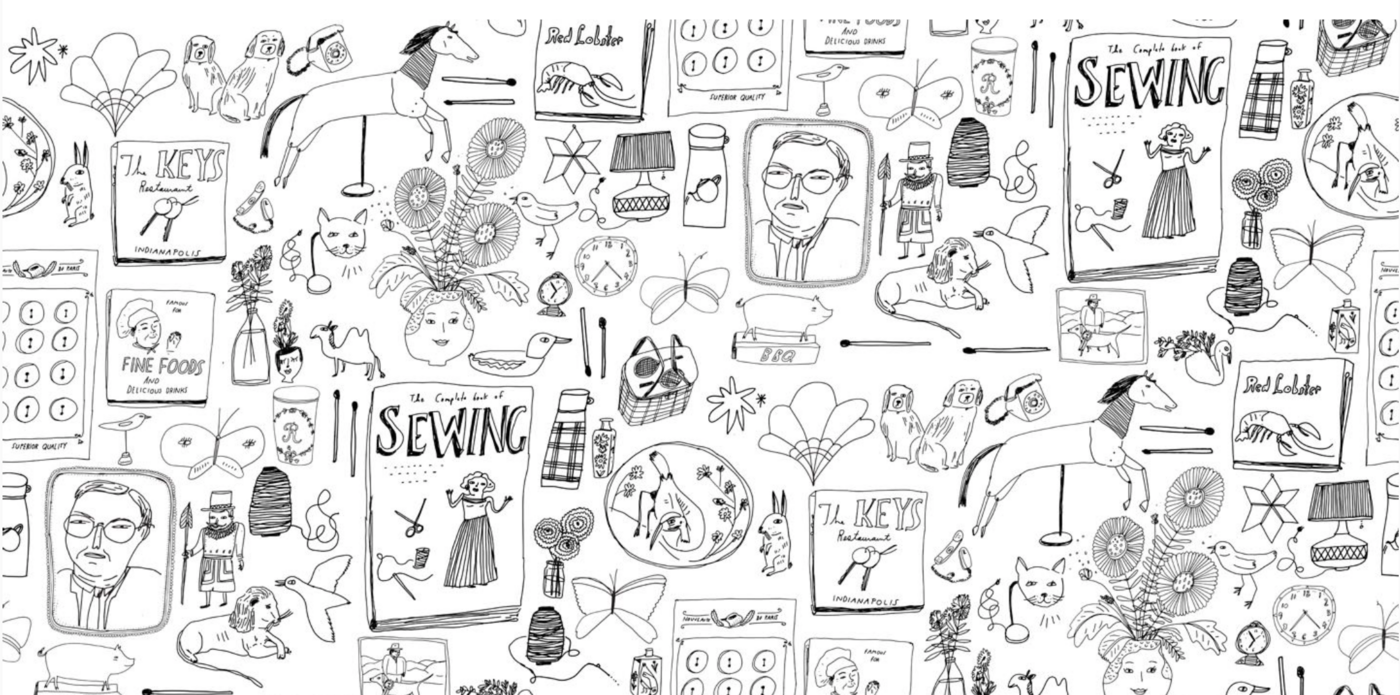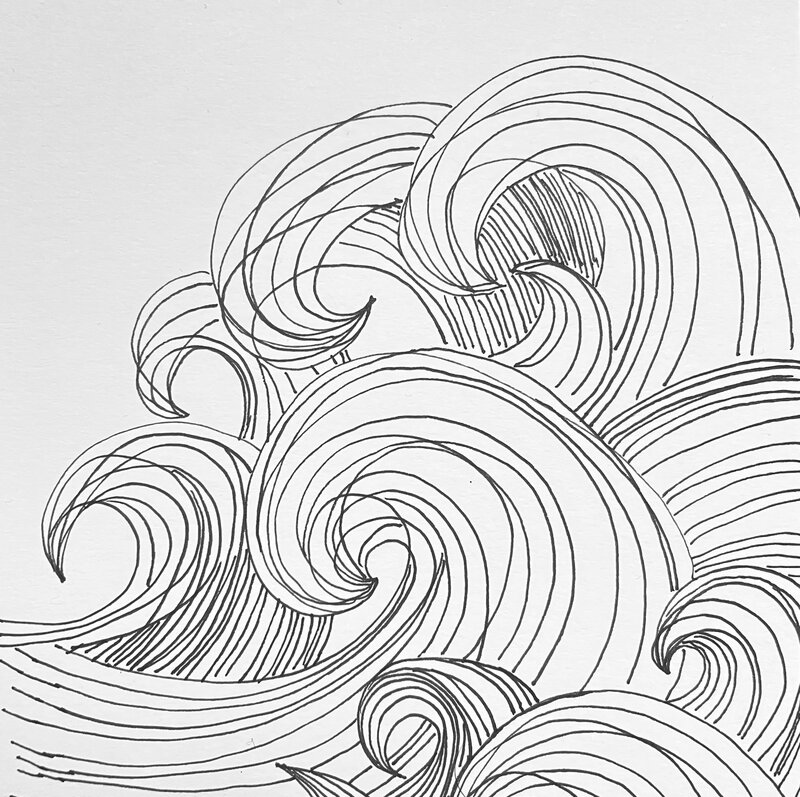In need of inspiration for Discover monthly?
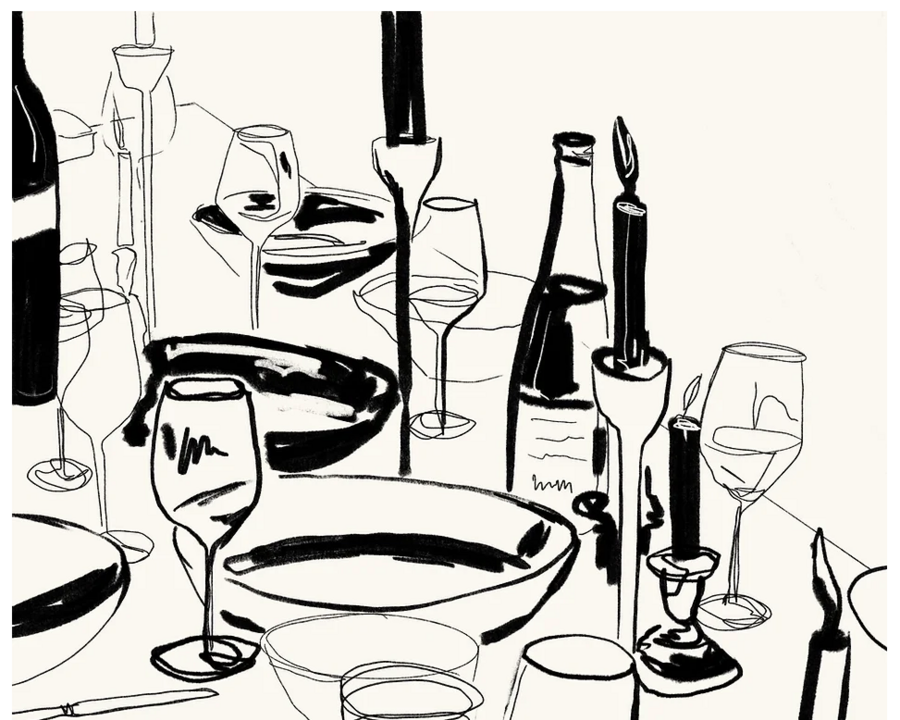
For Discover monthly, we invite you to send a line drawing in a certain theme. Would you like to participate but do you struggle with those line drawings? We collected some tips and inspiring work here.
What do we call a line drawing?
By definition, a line drawing is an illustration using basic strokes of varying weights and angles that demonstrate form and depth. It usually does not include shading or gradients but focuses only on lines. Mostly, the drawings are in one colour (monochrome). And yet so much is possible when you draw only in lines. Because those lines aren't just marks connecting point A to point B, they can also be two-dimensional, three-dimensional, abstract, descriptive, or implied. They can be straight or curved, thick or thin. They can be light and sketchy, or thick and deliberate. Line drawings are often a powerful way of expressing something.

Our tip?
The most important thing is to put yourself out there and to begin to draw. In fact: start to draw obsessively. Begin with simple things, such as a drooping flower in your backyard that caused you to feel a certain way.
Draw often. It takes time to improve, just like it does with any other skill. The more time you spend putting pen to paper, the more confidence and technique you'll gain.
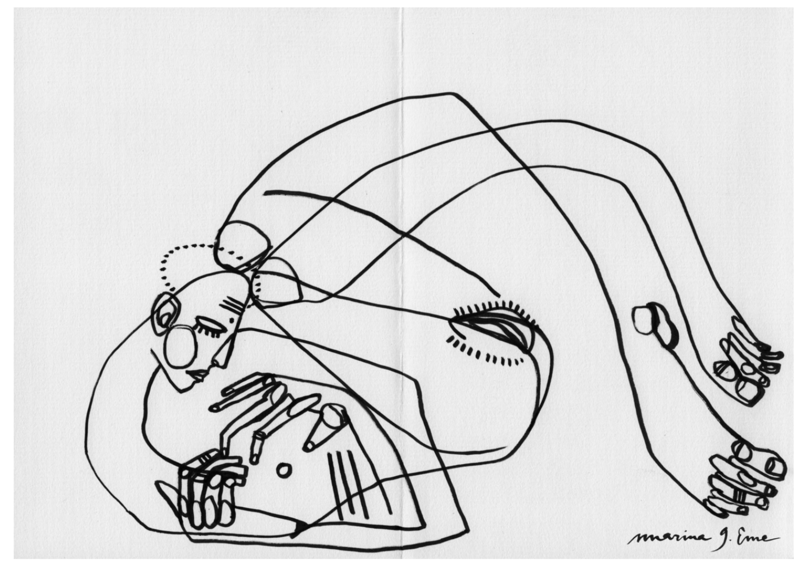
Fun assignment to start
Draw an object or scene without looking at your paper. Don't worry about drawing realistically or precisely - the goal of this exercise is to connect your eyes, brain and hand.
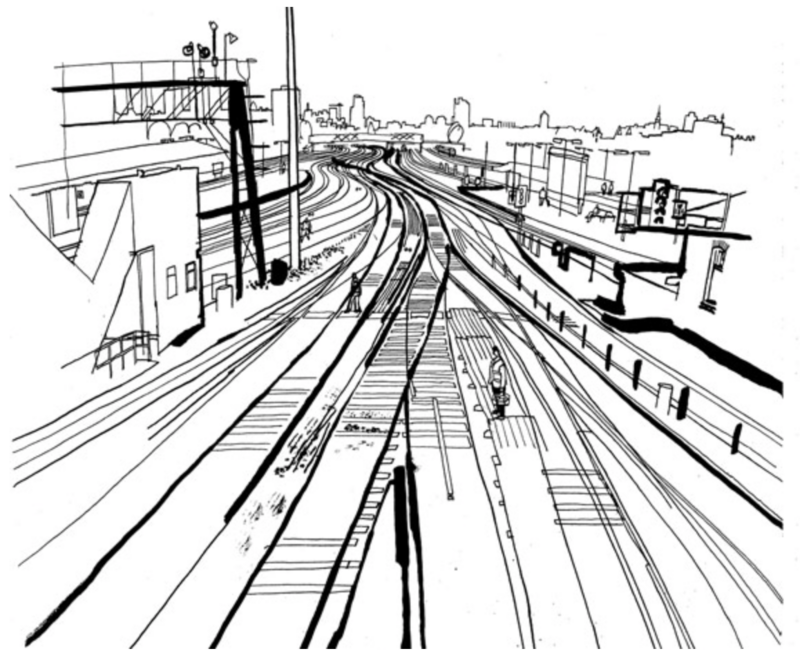
Drawings in this article are by
Need some more drawing inspiration?
Here on our Instagram page, you will find lots of drawing challenges we shared during A paper / a day.
